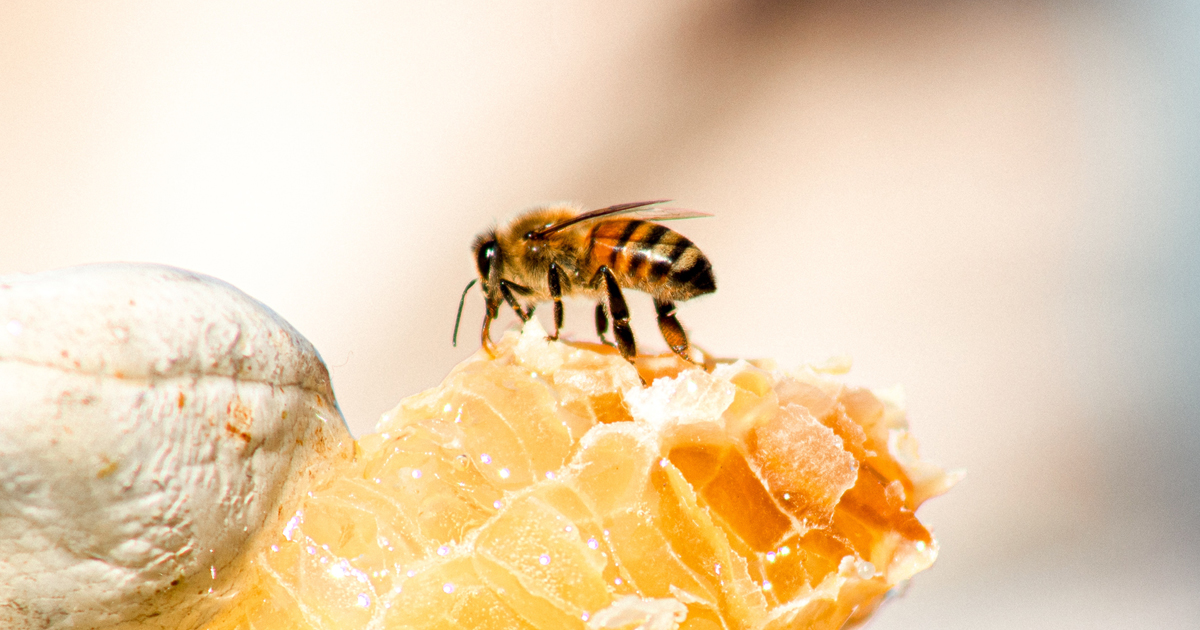Honey serves as nature’s sweetener, and bacteria typically relish feasting on sugar. Yet honey demonstrates remarkable resistance to spoilage. What accounts for its extraordinary ability to defeat these microscopic invaders?
Most jarred delicacies possess limited shelf lives—they’re merely one contaminated spoon dip away from cultivating a flourishing crop of mold or a thriving bacterial colony. However, certain foods exhibit peculiar longevity, capable of remaining edible for years on end.
Honey stands among these remarkable substances. In a properly sealed environment, while the golden treasure may crystallize, becoming thick and chunky, it will not spoil. This persistent ability to resist decay stems from honey’s unique chemistry and the intricate process by which it’s created.
When we declare that food has spoiled, we actually mean that something else has claimed it first—something microscopic. Bacteria, fungi, and molds exist in at least minimal quantities in many foods, and numerous preservation techniques humans employ are specifically designed to discourage these organisms from consuming our sustenance.
Many of these microorganisms typically favor moist conditions, moderate temperatures (though not excessively high), neutral pH levels, and abundant oxygen for their metabolic processes. Dehydrating meat or fruit, therefore, deprives them of essential water. Cooking food to high temperatures before refrigerated storage first eliminates many pathogens and subsequently inhibits the growth of any survivors. Immersing food in pickling solutions repels all but the most acid-tolerant creatures. Sealing items in jars restricts their access to oxygen.
Even food subjected to comprehensive preservation procedures usually maintains limited shelf life, as you might discover if you’ve ever opened a jar of butterscotch sauce from the depths of grandma’s refrigerator, sealed in 1985, only to find a thick carpet of fuzz within. (Don’t ask me how I know.)
We perpetually wage a losing battle against these organisms, and whether it’s a sharp vinegar odor indicating that Lactobacillus has compromised the orange juice, or black mold spots decorating the interior walls of the peanut butter jar, the evidence of their presence is often unmistakable and unavoidable.
However, honey represents an exceptional case, and here’s the explanation. Honeybees craft it from flower nectar, beginning with a warm, watery, sugary fluid—precisely the type of substance that appears to be perfect bacterial bait. The bees concentrate this nectar during transport to the hive, extracting some water content, employing enzymes to increase the fluid’s acidity (thereby discouraging certain microorganisms from proliferating), and breaking down complex sugars into simpler forms before depositing the mixture into honeycomb chambers.
Next, they perform something truly remarkable: they begin fanning the honey with their wings. This fanning process gradually evaporates the remaining water, much like an oscillating fan evaporating perspiration from your skin, transforming a substance that was initially approximately 70% to 80% water into something far more concentrated.
Fully matured honey typically contains water content between roughly 15% and 18%. In fact, the proportion of sugar molecules to water becomes so enormous that it would be physically impossible to dissolve such quantities of sugar into that amount of water without employing a process similar to the one honeybees utilize.
Abundant sugar remains present, and naturally microorganisms would eagerly consume it. However, with such minimal water content—and the acidity providing additional deterrence—they simply cannot survive. Seal honey in a jar to limit oxygen availability, and you’ve erected another barrier to microbial growth.
Food scientists recognize this state as “low water activity,” and reducing a substance’s water activity represents a common technique for preserving processed foods. It’s possible to prevent moist food from spoiling provided the water molecules remain bound in interactions with salt or sugar, for example.
This doesn’t mean honey can withstand every freshness challenge. Once a honey jar is opened, its surface faces regular air exposure, and inserting previously licked spoons introduces bacteria and moisture that weren’t present when the jar was sealed.
However, take deliberate control of the situation by adding water and your own carefully selected microorganism, and you produce mead—a type of “spoilage” that few would dispute on a sweltering day while relaxing in the shade.
Author: AI
Published: 2 July 2025
